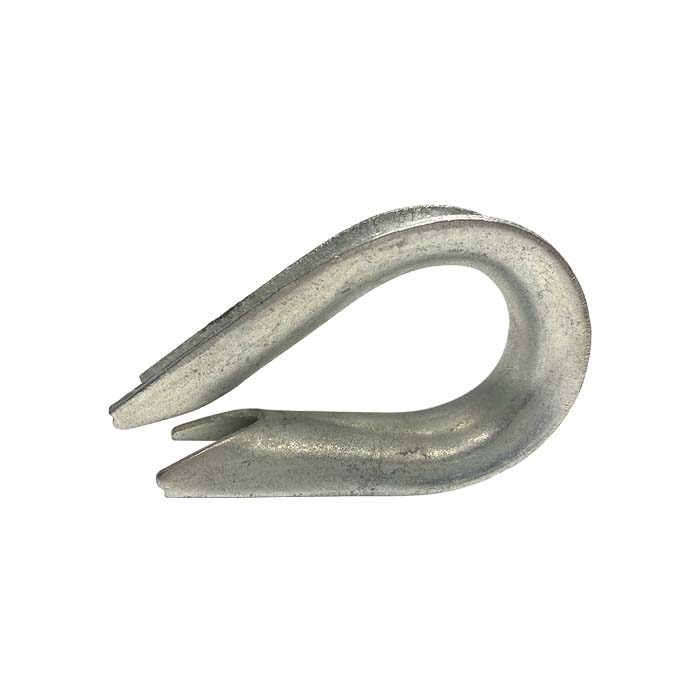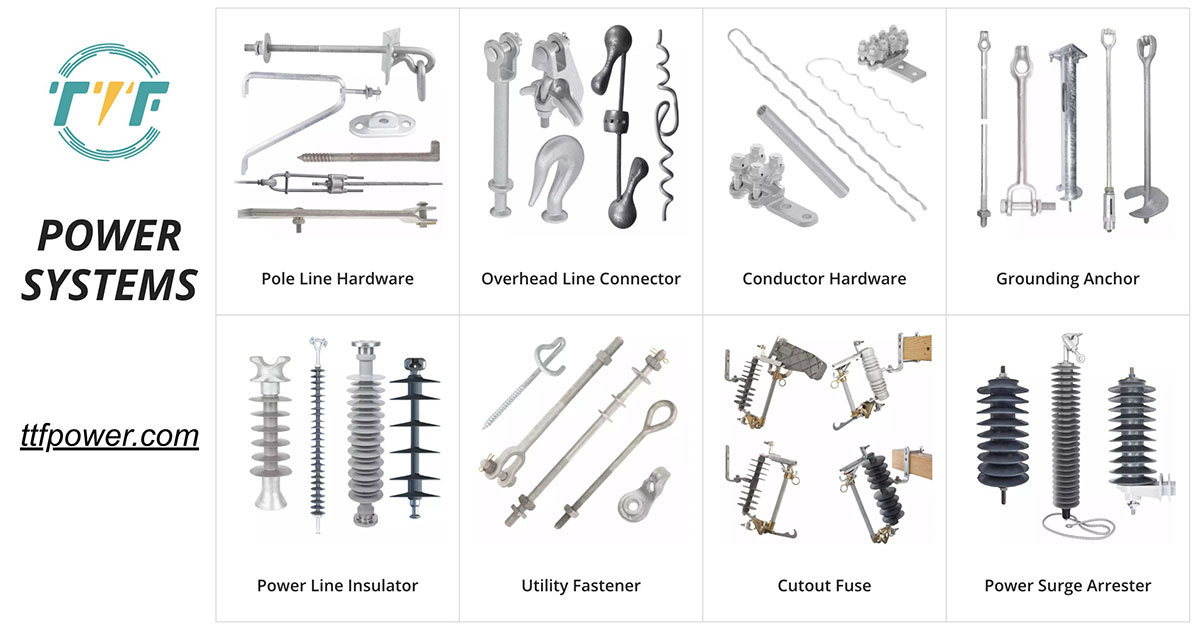
ENERCON, a pioneer in wind energy technology, installed 140 wind turbines in the Atacama Desert for the energy company Colbún. The construction began in October 2022, with the delivery of the first rotor blades to the port of Antofagasta, Chile. The Horizonte project needed extensive infrastructure for its implementation. It has a total capacity of 816 MW and is expected to produce 2,400 GWh of energy per year after completion. The wind farm is able to reduce carbon dioxide emissions, contributing to Chile’s carbon neutrality goals. Colbún submitted an environmental impact assessment to expand the wind farm’s capacity to 996 MW. This will involve installing up to 24 extra wind turbines with the largest power of 7.5 MW. Guy thimbles are crucial components in the installation and stabilization of wind turbine towers and meteorological masts.
Guy thimbles are reinforced metal loops used to secure guy wires that stabilize tall structures. They are able to prevent cable wear and distribute tension to ensure long-term durability. Well-designed wind turbines function in the temporary guying systems to prevent the tower from swaying or collapsing before the permanent structure is secured. Guy thimbles help support cables for cranes and lifting equipment to ensure safe positioning of turbine components. Guy thimbles stabilize met masts used to measure wind speed and direction before construction. The thimbles also prevent wire slippage and corrosion, which is crucial in Chile’s harsh desert winds.
Impacts of the wind farm in Chile’s renewable energy leadership
Chile is a global leader in renewable energy, and the Horizonte wind farm development plays a crucial role in the transformation. The development of the wind farm will play a crucial role in speeding up Chile’s energy transition, strengthening Chile’s position as a renewable energy hub, and driving economic growth. The Horizonte wind farm uses the latest generation of turbines optimized for the Atacama Desert’s strong winds. It also supports Chile’s national electric systems through grid integration and storage.
The functions of guy thimbles in the development of the Horizonte wind farm
Guy thimbles are essential in the construction and stability of wind turbines and meteorological masts in Chile. They are crucial in ensuring safety, efficiency, and long-term durability. The guy thimble prevents cable abrasion and wear, distributing tension and ensuring durability in harsh environmental conditions. Here are the functions of guy thimbles in wind farm development.
- Stabilizing meteorological masts—met masts are erected before wind turbine installation to measure wind speeds, direction, and turbulence. Guy thimbles secure guy wires that keep masts upright in the Atacama winds. They prevent cable slippage and corrosion to ensure accurate long-term wind data collection.
- Temporary support—Guy thimbles serve in temporary guying systems to prevent towers from swaying or collapsing. They also stabilize the cranes to ensure safe handling of heavy components. This is crucial during the lifting and installation of turbine towers, nacelles, and blades.
- Permanent support for guyed towers—some installations in complex terrains may use guyed towers for extra stability. Guy thimbles are part of the permanent anchoring systems in the Horizonte wind farm.
- Maintenance and long-term structural integrity—guy thimbles ensure the support cables remain fastened. They are corrosion-resistant, which is crucial in the Atacama’s arid and salty conditions.
- Securing transmission line infrastructure—guy thimbles help reinforce transmission towers to ensure efficient electricity delivery from the wind farm to the grid.
Challenges faced during the construction of the Horizonte wind farm in Chile
The construction of the Horizonte wind farm faced several challenges due to its remote location, harsh environmental conditions, and logistical complexities. The Horizonte wind farm was completed through careful planning, innovative engineering, and strong collaboration between developers and suppliers. Its completion marks a major milestone in Chile’s renewable energy transition. Key challenges faced include:

- Harsh environmental conditions—the Atacama Desert experiences powerful winds, which made construction activities difficult. Temperature fluctuations affected construction materials, machinery, and worker conditions.
- Remote location—transporting the 140 turbines needed specialized transportation and handling equipment.
- Technical and engineering challenges—the foundations had to be specially engineered to ensure the turbine’s long-term stability. Integrating the power generated into the national grid also needed the development of new transmission infrastructure.
- Environmental and social considerations—the project had to navigate regulatory approvals and engage with local communities to address concerns about land use and environmental impact.
